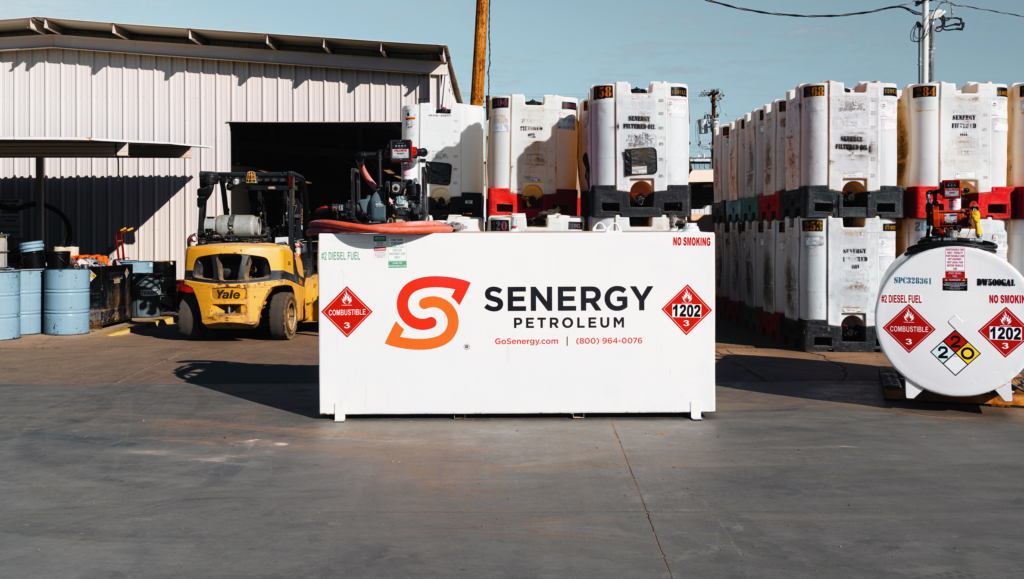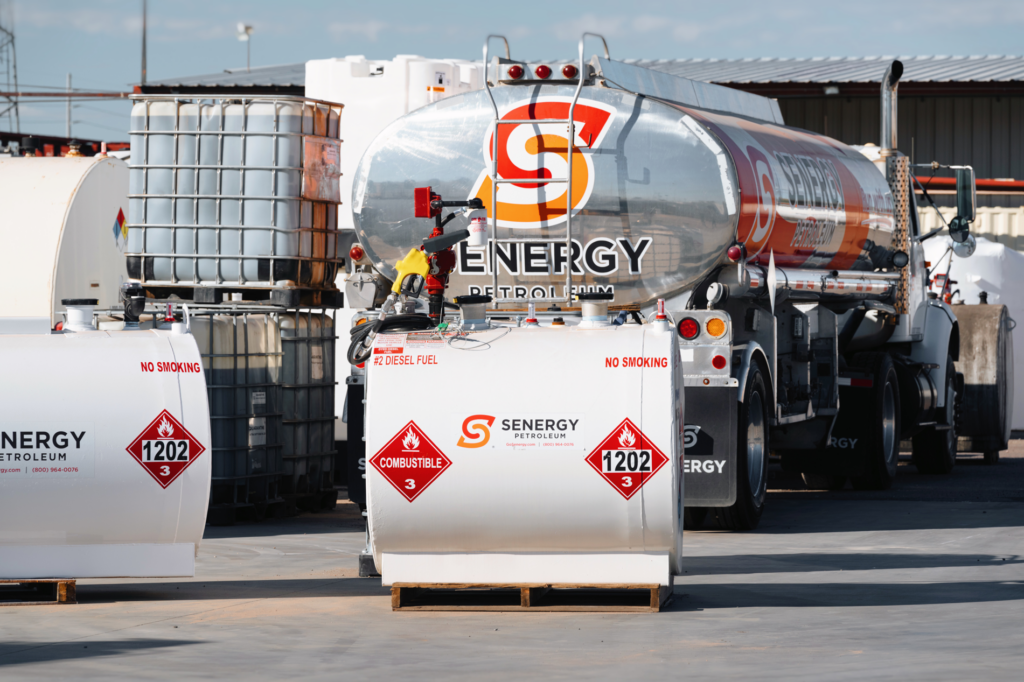Choosing the right portable fuel storage system is crucial for companies and individuals using fuel in their operations, whether in construction, off-site work, or fleet management. The ideal portable fuel tank should be easy to maintain, have minimal risk, and ensure fuel availability whenever and wherever it’s needed. With so many options on the market, it’s important to know exactly what to look for when selecting a portable fuel storage system. These tanks are designed to simplify fuel transportation and storage while providing safety.





